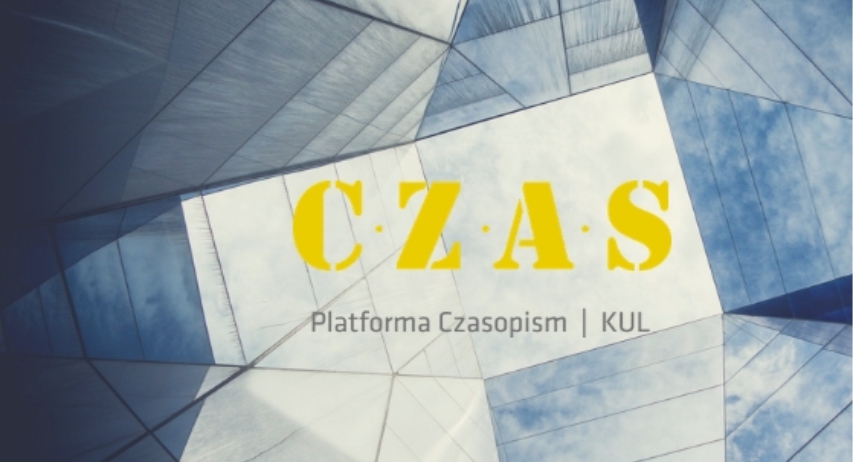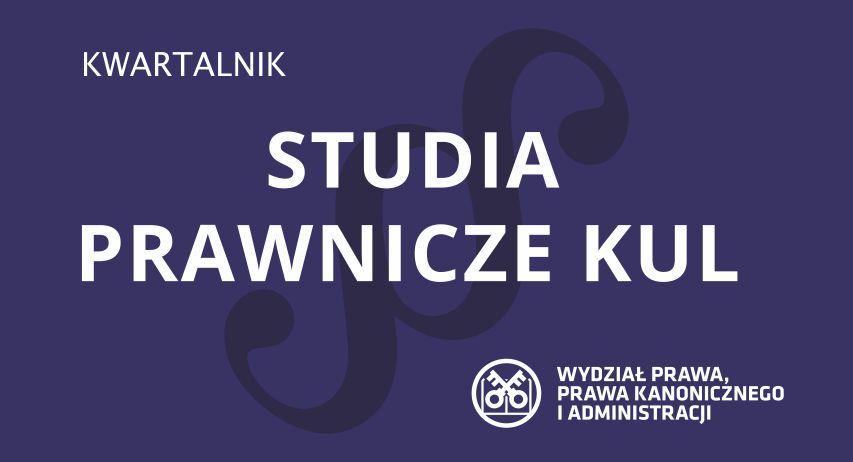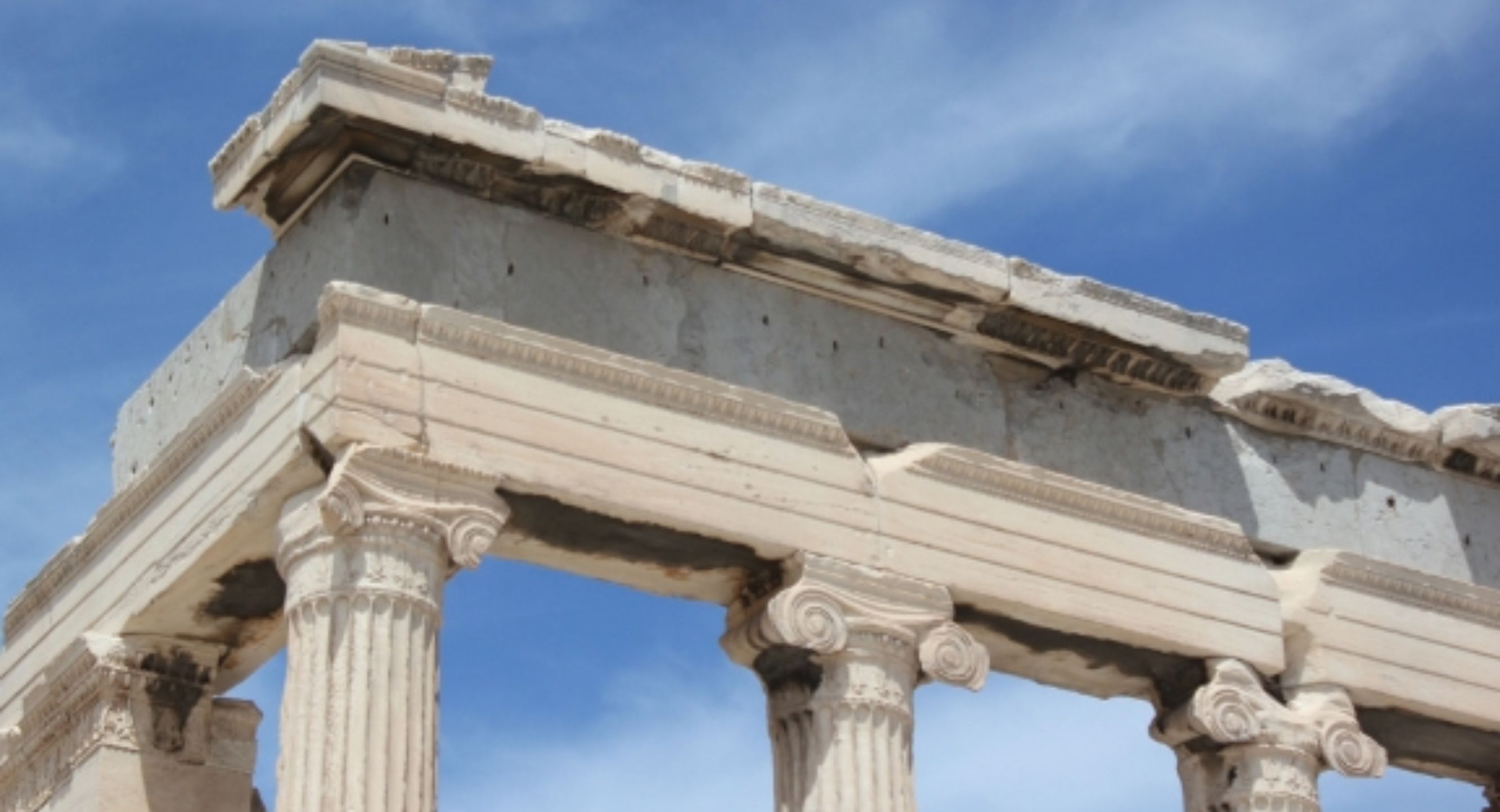Legal truth vs. algorithmisation of law. Reflections from defining the limits of commodatarian liability in the Civilian tradition
Wojciech Dajczak
Adam Mickiewicz University in Poznań , Polandhttps://orcid.org/0000-0002-1565-0319
Abstract
This article presents sources from ancient Roman law and the ius commune up to the early 18th century which address the question of whether a commodatarius (borrower in a loan for use) shall be liable for damage resulting from the loss of an item handed over to them when this is a consequence of force majeure. They show that the answer to this question was linked to the search for legal truth (Ulpian), as well as the obviousness resulting from the introduction of the calculus of probability into legal reasoning (Bernoulli). Alongside such reasoning, we find in the ius commune and in the natural school of law other ways of rationally supporting or criticising Ulpian’s opinion (Bartolus, Stryk, Struve, Pufendorf). The focus of the article, however, is not the contract of loan for use but the legal reasoning. This study highlights the deficiency of guaranteeing certainty in Ulpian’s reasoning assuming the existence of legal truth, as well as in Bernoulli’s reasoning, which sought to remove, through the use of mathematics, the uncertainty left by appeals to rationality or equity. The case of the liability of the commodatarius discussed here provided the basis for a more general reflection. The sources presented can be viewed as data. The digitisation of legal texts and their processing as data open up new possibilities to benefit from the legal experience as well. The experience of Roman law, presented in the article as pars pro toto, is an argument for the recognition of the need for flexibility of legal reasoning. At the same time, it shows the potential for promoting rationality within this flexibility.
Keywords:
legal method, Civilian tradition, loan for use, liability for damagesReferences
Adamson D., Blaise Pascal. Mathematician, Physicist, and Thinker about God, New York 1995. (Crossref)
Bartolus de Saxoferrato, Commentaria in Digestum Vetus, t. 2, Venetiis 1526.
Bech J., Kozaczuk M., Palmirski T., Użyczenie, red. Z. Zarzycki, Kraków 2004.
Bernoulli N., De usu artis conjectandi in jure, Basileae 1709.
Braudel F., Historie et Sciences sociales: La longue durée, Annales. Économies, Sociétés, Civilisations 1958 t. 13, z. 4. (Crossref)
Condorcet M., Esquisse d’un tableau historique des progrès de l’esprit humain, Paris 1798
Dajczak W., Authority of the Roman Jurist, w: Authority in the Past and Present, red. K. Ilski, K. Marchlewicz, Poznań 2013.
Dajczak W., Der Allgemeine Teil des Privatrechts im Kontext der mathematischen Inspiration der Rechtswissenschaft ab dem 17 Jh. bis zur Entstehung der pandektistischen Systematik, w: Der Allgemeine Teil des Privatrechts. Historische Wurzeln – Leistungsfähigkeit im 21. Jahrhundert, red. Chr. Baldus, W. Dajczak, Berlin 2018.
Dajczak W., Problem „ponadczasowości” zasad prawa rzymskiego. Uwagi w dyskusji o „nowej europejskiej kulturze prawnej”, Zeszyty Prawnicze UKSW 2005, z. 5.2. (Crossref)
Descartes R., Discours de la méthode, w: Oeuvres de Descartes, t. 1, Paris 1964.
Giaro T., Römische Rechtswahrheiten. Ein Gedankenexperiment, Frankfurt am Main 2007.
Glenn H.P., Legal Traditions of the World, Oxford 2014. (Crossref)
Hannon Williams S., Probability Errors. Overoptimism, Ambiguity Aversion, and the Certainty Effect, w: The Oxford Handbook of Behavioral Economics in the Law, red. E. Zamir, D. Teichman, Oxford 2014. (Crossref)
Honoré T., Ulpian. Pioneer of Human Rights, Oxford 2002. (Crossref)
Kreeft P., Christianity for Modern Pagans. Pascal’s Pensées, San Francico 1993.
Mecke Ch.-E., Begriff des Rechts und Methode der Rechtswissenschaft bei Rudolph von Jhering, Göttingen 2018. (Crossref)
Pascal B.. Myśli, w układzie J. Chevaliera, tłum. T. Boy-Żeleński, Warszawa 1983
Pufendorf S., De Iure Naturae et Gentium, Amsteledami 1715.
Schreibelreiter Ph., Klage aus Leihe (actio commodati), w: Handbuch des Römischen Privatrechts, t. 2, red. U. Babusiaux, Chr. Baldus, W. Ernst, F.-S. Meissel, J. Platschek, T. Rüfner, Tübingen 2023.
Slicher W.A.W., De similitudine et differentia inter mutuum et commodatum, Trajecti ad Rhenum 1715.
Słonina J., Korzystanie z rzeczy użyczonej w prawie rzymskim, Prawo Kanoniczne 1983, t. 26, z. 3–4. (Crossref)
Sobczyk M., Siła wyższa w rzymskim prawie prywatnym, Toruń 2005.
von Stephanitz D., Exakte Wissenschaft und Recht, Berlin 1970.
Struve G.A., Syntagma Iurisprudentiae secundum Ordinem Pandectarum concinnatum, Jena 1702.
Stryk S., Specimen Usus Modernus Pandectarum a Libro XIII usque XXII, Halae Magdeburgicae 1745.
Szabo N., Formalizing and Securing Relationships on Public Networks, http://myinstantid.com/szabo.pdf [dostęp: 5.02.2024 r.].
Wieacker F., Privatrechtsgeschichte der Neuzeit, Göttingen 1967.
Wrbka S., Comments on Legal Certainty from the Perspective of European, Austrian and Japanese Private Law, w: Legal Certainty in a Contemporary Context: Private and Criminal Law Perspectives, red. M. Fenwick, S. Wrbka, Singapore 2016. (Crossref)
Adam Mickiewicz University in Poznań https://orcid.org/0000-0002-1565-0319
License

This work is licensed under a Creative Commons Attribution 4.0 International License.
The Author declares that the Work is original and does not infringe any personal or proprietary rights of third parties, and that She/He has unlimited rights to the Work which are the subject of the Agreement signed with the Publisher.
Author of the publication transfers to the Publisher the economic copyrights to the Work (article) submitted for publication, free of charge, without time and territorial restrictions in the following fields of use:
a) production, recording and reproduction of the copies of the Work by a specific technique, including printing, magnetic recording and digital technology;
b) marketing, lending or rental of the original or copies of the Work, and distribution in the form of open access, in accordance with the license Creative Commons Attribution 4.0 International (also known as CC BY), available at: https://creativecommons.org/licenses/by/4.0/legalcode.pl;
c) inclusing the Work in the composition of the collective work;
d) publishing on the website of the journal, public performance, exhibition, display, reproduction, broadcasting and rebroadcasting, and making the Work available to the public in such a way that everyone can have access to them in a place and at a time chosen by them;
e) uploading the Work in an electronic form to electronic platforms or other uploading of the Work in an electronic form to the Internet or other network.
The proprietary copyright to the Work is transferred to the Publisher free of charge upon signing the contract wit the Publisher.







